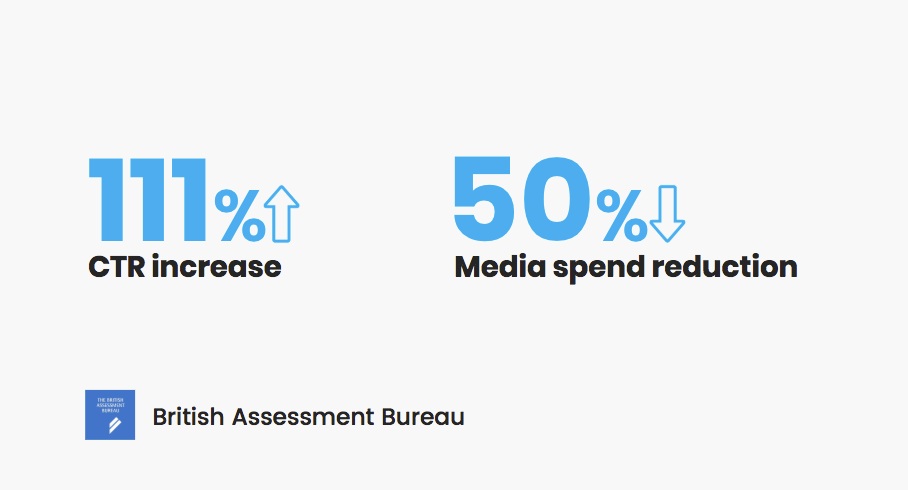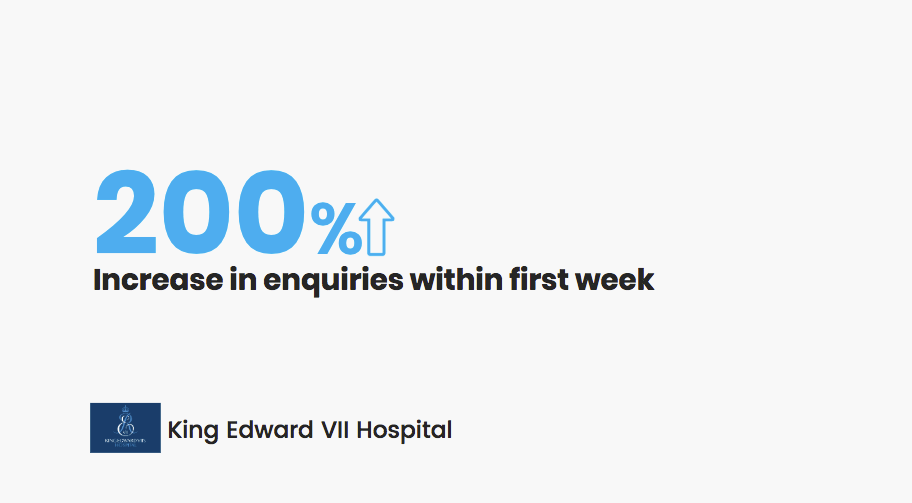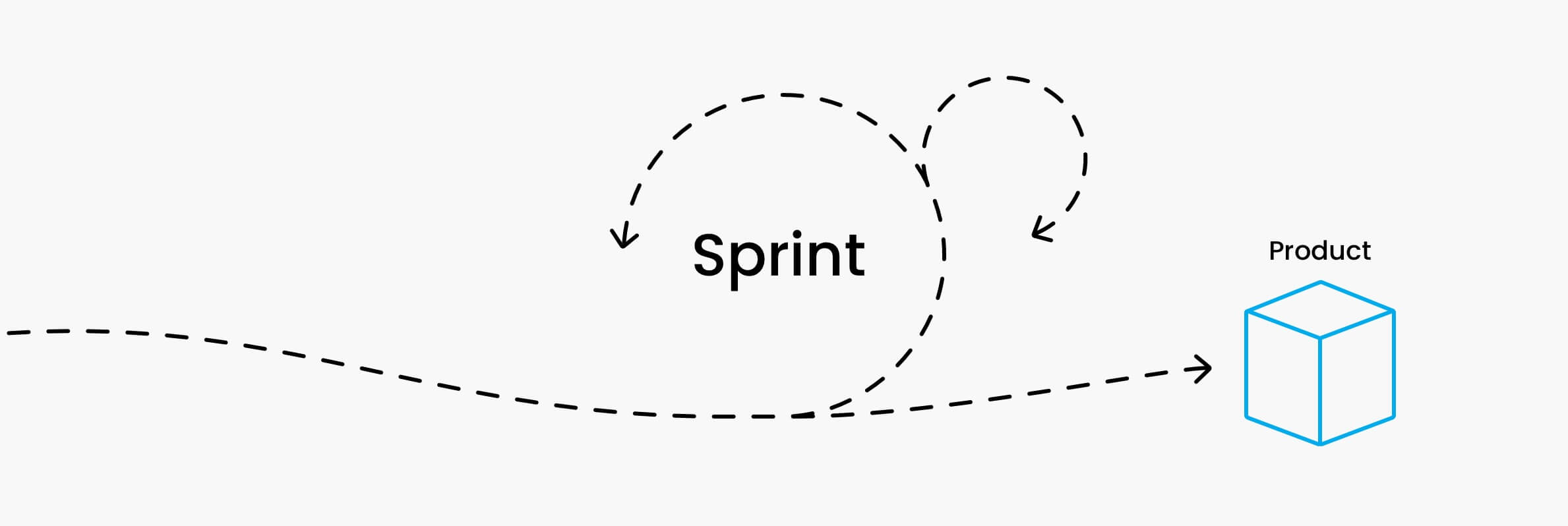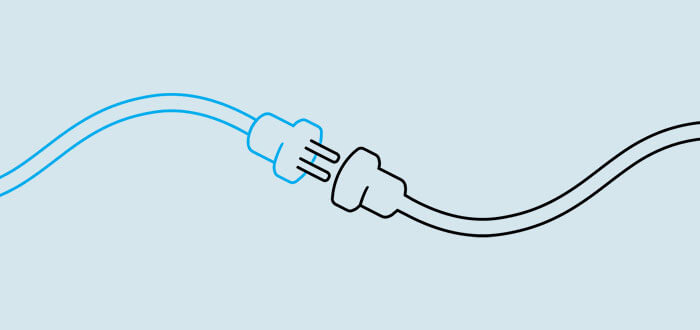Identify the key aspects of your project and get it to market as soon as possible
Refine what works, Refactor what doesn’t.
You may be considering developing a new product, application or website. A new project is a hefty investment and one that carries a lot of risks. It’s a sad fact that over 50% of projects fail before they are completed — wasting time, people and resources.
Traditionally the response is to attempt to identify all the possible failure points ahead of time, locking down a specification and following a rigid plan. However, reality doesn’t work to a rigid plan, and soon the project can be off the rails once more.
This is what’s known as the ‘Waterfall’ approach, each stage requiring the previous step to be completed in full before it can begin. This rigidity is what causes derailment. It is very difficult to re-arrange or bypass certain stages with this model, so a delay in one is a delay in all of them.
Agile does away with this line of thinking. Instead the concept of MVP — Minimum Viable Product — is introduced. The goal is to invest the minimum amount of resources to solve the problem and get a functioning result for your users or customers. This product should be introduced to market (whether this is public or internal) for immediate testing as soon as possible.

The use of minimum viable products is widely used in the tech industry — the concept of starting with the most simple version as an early concept before committing full resources.
Airbnb’s first iteration back in 2008 looks nothing like the slick holiday letting application we know today. The site was basic - you could add a listing, search for accommodation on a chosen date and see a feed of new properties.
There have been many updates since then, for example, the property feed would be overwhelmed by the volume of listings coming through now the product has gone global, this is an example of a feature that needed to be refined and refactored in order to adapt to the changing nature of the platform and the realities of a live service.
But these interactions form the core of what we use Airbnb for to this day. They got to market with a great idea and worked on improving the site as traction grew. Underneath the marketing and the global reach of brand today, it still retains these core user journeys.
Eventbrite had an even more barebones approach. In 2006 their site looked more akin to something from the 1990s, let alone the mid-2000s. Their model was simple though - register an account, create an event, and they take a cut of the ticket sales.
Today they have expanded, including ticket verifying apps, sales and marketing analytics and conference management.
As you can see from these examples, both adopted an MVP approach to get their projects launched without investing money they didn’t have to get to the versions they have now. These projects were only possible by using this smaller-scale iterative approach to grow.
Focus on key journeys:
- Minimum Viable Product
- Your competitors won’t wait
- Data-driven development cycles
- Refine what works, refactor what doesn’t**
So to recap MVP - it’s the minimum viable product - the smallest amount of development to solve the immediate problem.
By cutting down on the number of features to get to market, allows you to get the edge on your competitors. It can be much harder to get traction if a similar idea launches first and gets the marketing attention, even if the execution of the second is better and the product a higher quality.
Agile breaks down work into iterations, with an MVP you can begin to collect real user feedback as soon as possible. This feedback can be used to direct future development, and to reduce resources spent on unwanted functionality. This comes up in more detail later, but it is so important that decisions are made using real data.
This is the idea of ‘refine what works, refactor what does not’.
Embrace technology; it’s easier than you think.
Using an MVP approach gives you greater freedom to experiment with new technologies that come to market.
There have been a number of significant advancements over the last few years that mean previously high-end or research experiments are now available as easily purchasable products and services. Machine Learning (AI), large-scale infrastructure and other exciting developments can now be easily integrated into web projects.
Many of these compliment an agile approach with flexible payment options, scalability and rapid deployment.
Here are some examples of these services. Cloudflare provides a protective layer that sits in front of your website. It can protect from large-scale attacks, optimise your site across the globe to keep it fast wherever your customers are browsing from and many more features that can fill a talk on their own.
Microsoft Azure and Amazon Web Services (AWS) provide infrastructure as a service.
Typically you would purchase a server, configure it for your application and when traffic becomes too high either throwing more memory/disk space at it or a costly server migration needs to happen. If this traffic drops, you’re still paying for these upgrades even when they are sitting idle. Amazon and Microsoft provide a server that can scale up and down dynamically, paying only for usage, and they can scale pretty big. Parts of Apple’s iCloud runs on Azure while Netflix and the Met Office use Amazon.
Clarifai is a machine learning platform that can analyse images, and catalogue them. You feed their system images and it learns and understands what is within them. This has a wide range of uses, such as automated moderation of user-uploaded content to providing accurate and relevant product suggestions to customers.
Be flexible with technology
New disruptive products can solve many headaches without the need for huge budgets.
Taking a flexible approach allows you to take advantage of these disruptive new technologies when they come to market. Agile embraces this approach — as you build on your MVP, these services can be rolled out to address specific problems as they occur.
Many use a subscription model, allowing you to pay for what you use rather than a long-term contract. You are able to expand resources as your project grows without costly server migrations. In periods of low activity, your running costs would reduce, unlike a traditional server setup where it is a fixed price regardless of utilisation.

Our view of an automated bot attack on one of our clients
Marathon Leisure is a customer of ours; they are a successful business-to-business supplier of marine equipment and found themselves on the receiving end of one of these attacks. Fortunately, Cloudflare was integrated as part of their new Magento 2 site build early on in the process.
Marine supplies being a niche industry, we were all surprised to see this graph one morning alongside our monitoring software, letting us know the site was unavailable. Checking the traffic logs, we realised they were undergoing a random bot attack. This is where automated software is used to repeatedly send traffic to a website, overwhelming it to bring it down.
Under normal circumstances, this would be a very tricky problem to solve. Firstly, identifying where the source of the traffic is coming from and blocking it. Secondly, if this is a distributed attack (no central source), then it becomes nearly impossible.
Last year, Cloudflare recently launched a free unmetered attack mitigation system. At the flick of a switch, we were able to return normal service as Cloudflare intelligently analysed traffic, learning the patterns and actively fighting off the attack. Within 15 minutes customers were able to purchase from the site as usua
l.
The point here isn’t to sell Cloudflare, but to demonstrate that powerful technology is available to any sized business and can be utilised in a very short amount of time. It was a forward-thinking approach by Marathon Leisure to take our suggestions on board and adopt this disruptive new technology into their website.
Define roles and communicate.
An Agile approach requires you to define roles and responsibilities within your organisation or project team.
Considering the earlier scenario of a new project, application or website - stakeholders should be decided and tasks should always be assigned to someone to action. The lines of communication should be kept open between these stakeholders - including those who may not be directly involved.
IT departments are a great example of a stakeholder who can often be overlooked - suddenly needing to provision hardware, or unable to meet a key requirement not discussed with them before implementation!
This requires buy-in from your team and shift to being an adaptive workforce. If team members aren’t willing to become responsible for their own tasks and communication then it will be a struggle to adopt Agile practises.
Make sure roles are well defined and communicate across departments
Use the full expertise available to you.
The concept of ownership of a task is very important — almost everyone has experienced the frustration of having to repeatedly phone utility companies as no one has taken the issue forward once the phone call ends.
Alongside defined roles and responsibilities, making sure that everyone communicates is another high priority. It can be easy to silo people into teams based on their expertise but this shuts out the potential for collaboration. At Selesti we deliberately involve Digital Marketing, Design, Account Managers and Developers at all stages of a project as there are rarely projects that do not require the attention of multiple disciplines. What a developer does will have a very direct impact on Digital Marketing and vise versa. We rely on sharing knowledge and collaboration to give a client the best possible chances in search results.
Don’t be afraid to use third-party suppliers. Integrate with them willingly as a partner and give them the resources to help you. Expect them to challenge you. It is their role and the sign of a good partner rather than being a ‘yes man’ and saying what you want to hear. Remember, you would have hired them for their skills, ideally, you want them to advise on the best approach.
That’s what you pay them for. See them as peers. Trust their experience. Though admittedly, this can be easier said than done.
Analyse data and make decisions.
It can begin to sound like implementing Agile methods requires a ground-up rebuilding of all business processes. This is not the case — at the heart of Agile are some straightforward concepts:
- Make a change to a project
- Measure the effect over a short period of time
- Analyse the results, make decisions based on these results and repeat**
By starting to view processes in this format you can begin adopting the principles of Agile slowly and in a way that is sustainable. This means you can begin to be informed on key decisions based on facts. It is important that you know your target market through metrics, insights and analytics. If you are making assumptions on these you are gambling with the success of the project. If you were to strike gold — would you know how to repeat that success?
Analyse, experiment and repeat
Shorter cycles allow you to adapt faster and have better visibility on your marketing strategy.
Adopting short and focused iterations means that you are able to rapidly work out strategies that do and do not work. Instead of continuing to pay for unprofitable marketing, you can identify issues early, redistributing budgets to strategies that are making a difference and using the data gathered to continue to take successful actions.
This is at the heart of how Selesti does digital marketing. We analyse customer accounts and continuously improve the routes that are increasing engagement and discard anything that isn’t making a difference.
Being adaptive in these situations means you are able to capitalise on opportunities in real-time.

This approach worked well for our client, The British Assessment Bureau. Repeated audits of their paid search terms highlighted that money was being wasted on unsuccessful terms. As a result, they were able to save 50% on their media spend by discarding them (amounting to tens-of-thousands of pounds per month.)
Similarly, we iterated on different page designs and content to reach a wider audience. This improved the Click Through Rate dramatically over 6 months.
Identify bottlenecks and transform them.
A big part of what we do is to help clients understand where the bottlenecks are in their processes. It may be that underneath a busy eCommerce application the orders are still being processed through spreadsheets manually and sent to distributors. Or, that it is someone’s job to hand-make reports on a weekly basis.
These little issues evolve naturally over time and can play havoc when transactions increase or that individual decides to leave. At this point the system starts to stumble, orders can get backlogged and late nights at the office happen.
These pain-points are where technical solutions can make a huge improvement to the everyday running of a business.
Take a step back and find the pain-points in processes
There may be a gap for technology to reduce workloads and increase efficiency.
These issues are often easier to solve than you would think. In most cases, the data is already there, the slow aspect is the human in the middle! Repetitive tasks are what machines are made for after all.
The hard part is taking that step back, raising your head above the daily tasks and looking objectively at the way these processes have evolved. Once they have been identified, you can start to build up a list of requirements, and soon you are looking at something familiar — the MVP to solve a problem.
Everything we speak about here would not be put onto the client. We would guide them through the process, advising them and making sure they understand the procedure being offered. We can take the role of the objective outside observer.
This recently happened to our client, one of the leading private hospitals in the UK, King Edward VII, in London. Their ongoing objective as part of the new site development is to increase leads being generated by their online presence.
The brief was based on two components, a marketing website built in WordPress to funnel the leads and a bespoke CRM system developed by us to manage them. We recommended the custom build approach over an off-the-shelf solution such as SalesForce as this would save our client over £100,000 and gives them ongoing control over the direction of the project.

The launch was a massivee success with a 200% increase in enquiries in the first week. Their team soon discovered a bottleneck within their office, however — a spreadsheet used to manage and progress these enquiries. We worked quickly with them to iterate on the first version of the CRM, expanding the leads management system to provide a full workflow for booking appointments and assigning consultants.
This may sound familiar from earlier points in this talk. We built an MVP solution, using new technologies available to us, and then used data to iterate on the system to meet the real needs of the organisation. This is agile, and what agile can do for you.
See the slides from the presentation delivered by Web Developer, James, at the digital technology showcase, presented by nor(DEV), TechEast & Barclays Eagle Lab:


